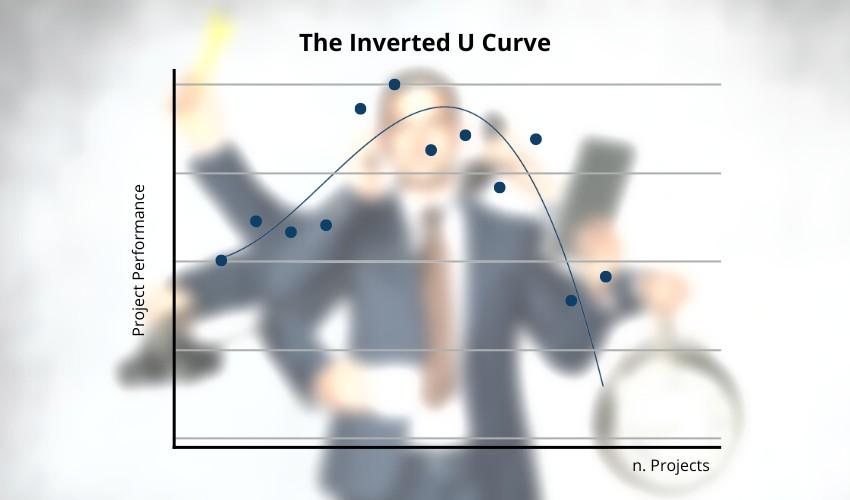
Three Tips to Manage Corporate Jugglers
PEDERSEN, COLICEV AND HAKKARAINEN FOUND THAT PERFORMANCE IN MULTIPROJECT WORK ARRANGEMENTS CAN BE IMPROVED WHEN EMPLOYEES HAVE SPECIALIZED KNOWLEDGE, PROJECTS ARE SIMILAR, AND PARTICIPANTS ALREADY KNOW EACH OTHERNew research by Torben Pedersen (Bocconi Department of Management and Technology) provided three tips on how to improve the performance of a widely used work arrangement: multi-project work (MPW).
Simply put, MPW is a work arrangement in which employees work on multiple projects simultaneously. Its popularity is so on the rise that recent reports show that 80% of employees engage in MPW and that 84% of project-based organizations adopt MPW as their standard work arrangement.
Yet, MPW might be a double-edged sword, as it presents both benefits and costs. In their latest paper in the Strategic Management Journal, Professor Pedersen and his co-authors Anatoli Colicev and Tuuli Hakkarainen (both former Bocconi faculty, now at the University of Liverpool) listed among the benefits:
| • the decrease in employees idle time, as multiple projects allow them to fill the gaps in schedules; |
|
| • the possibility to develop more effective work practices, to be used again and again. |
The switching costs include the so-called attention residue (thoughts about a previous task that persist and intrude while performing another) and the cognitive set-up costs, i.e. the mental and psychical effort needed to re-immerse oneself in the tasks, people, roles, issues, and operations of another project context.
The authors used a dataset on new product development projects in a multinational organization, containing 9,649 project-month-employee observations (42 projects and 580 employees) and concluded that the relation between the number of projects people are engaged in and their performance takes on an inverted U shape: performance improves up to a point, reaches a plateau, and then, starts to decline.

The performance was measured in terms of timeliness. Projects come with a schedule and deadlines, and the performance was rated in relation to how closely deadlines were met.
“Perhaps more interestingly,” Professor Pedersen said, “we also found three levers that companies can operate to increase the benefits of MPW or reduce its costs.”
Employee specialized knowledge increases the benefits of MPW. For example, a business analyst with specialized experience in product development might be able to effectively allocate the worktime across projects and develop cutting-edge work practices. Specialized employees are able to do a narrow job in a very effective way and to repeat it in multiple projects.
Project similarity: MPW employees may need to exert less physical and mental effort when transitioning between similar contexts or, namely, have lower “cognitive setup” costs. For example, a software developer can use the same code across similar projects, while a surgeon can utilize the same procedure.
Employee familiarity reduces attention residue because employees can use previously established structures, relationships, and work arrangements as anchors for the current project. Think of academics that write articles with familiar co-authors. They can reduce switching costs by relying on established relationships and writing routines.
Colicev, A., Hakkarainen, T., & Pedersen, T. (2022). “Multi-Project Work and Project Performance: Friends or Foes?” Early View in Strategic Management Journal, 1– 27. DOI: https://doi.org/10.1002/smj.3443.
by Fabio Todesco
